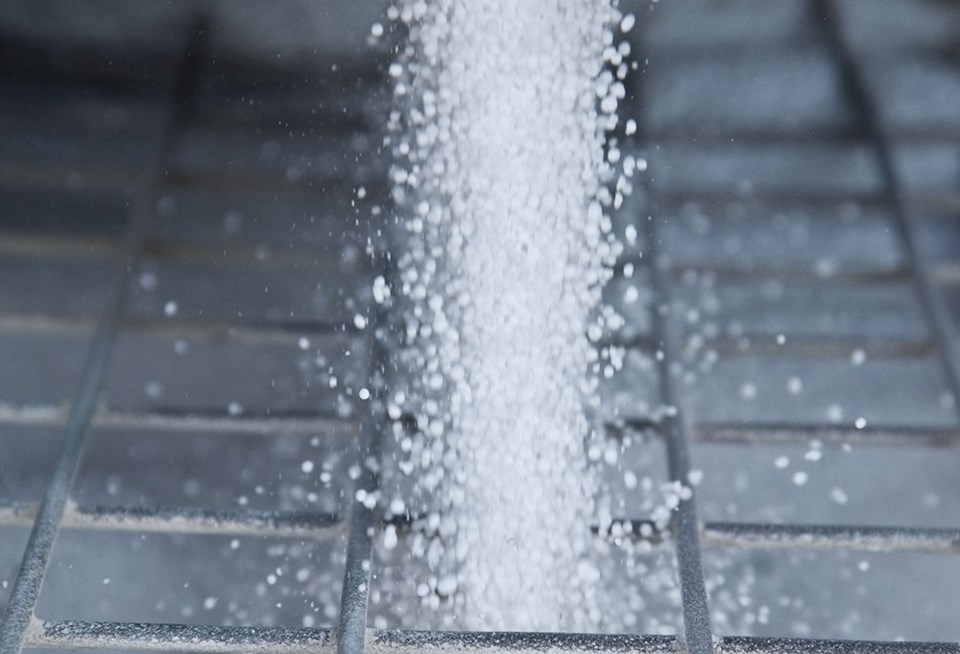STARBUCK, Man. — The weather has messed up a lot of farmers’ plans this spring, but there’s a small silver lining.
“I think farmers, if they need, could get additional fertilizer supplies,” said Charles Fossay, a Starbuck, Man., farmer and Keystone Agricultural Producers director, about widely forecast input shortages this spring.
“It’ll be expensive, but there will be some additional supplies around.”
That also appears to apply to other inputs such as pesticides, which are not quite as tight as most expected. It’s due to a bad reason, however.
Dry conditions on the western Prairies and flooded and saturated conditions on the eastern Prairies mean farmers have either used less of some products or have not been able to use any at all.
That has allowed input supply chains to bring in a higher proportion of farmer needs before it is all needed.
“It has given a little bit of breathing room,” said Cornie Thiessen of ADAMA Canada, a bulk inputs supplier.
Farmers in the western Prairies seeded into very dry soils, so there was little weed emergence and less pre-emergent herbicide spraying than anticipated.
On the eastern Prairies, thousands of farmers have not been able to get onto their fields at all, and others have had such limited time that little pre-emergent seeding has taken place.
“When it does dry up, farmers will most likely go directly into seeding and come back and look after the weeds after seeding,” said Thiessen.
Western farmers are in the same boat, waiting for weeds to appear after the crop emerges.
Thiessen said most insecticides appear to have come in and been distributed.
“It appears we have good supplies for that, but now it’s getting tight.”
However, due to dealers and farmers “proactively taking an inventory position just in case there are bugs,” most farmers should be prepared to face whatever insects appear.
Fungicides also appear to be in adequate supply, mostly due to last year’s drought.
“Very little of the inventory that was brought in last year got used and it stayed in inventory,” said Thiessen.
However, herbicides are the biggest crop protection input and still the one with the biggest supply challenges. Through the winter, glyphosate and glufosinate supplies were scarce and many farmers found they couldn’t get what they needed. Broadleaf herbicides are still short of distributors’ orders.
“That’s going to be a challenge right up until spraying time, to get the last bits of supply into the country,” said Thiessen.
“It’s definitely the most urgent situation for us right now.”
For farmers in flood zones, a second challenge confronts many: simply getting their inputs from suppliers and then getting them to their fields.
“The big problem is going to be getting to some of the locations,” said Fossay.
“It’s going to be a challenge for some farmers to get to some of their fields.”
Many roads are washed out. Culverts have been torn out. Dirt roads are often mud bogs. Some highways remain cut off or are in troublesome condition to handle heavy input loads.
Fossay said the late seeding might also create an unanticipated run on fertilizer supplies. If many farmers bail out of soybean-seeding plans and switch to something like wheat, dealers might get a rash of orders.
“If 40 of their customers all come in and say, ‘we need an extra 25 or 40 tonnes of fertilizer,’ it might be difficult or it might be a while before you can get it,” said Fossay.

